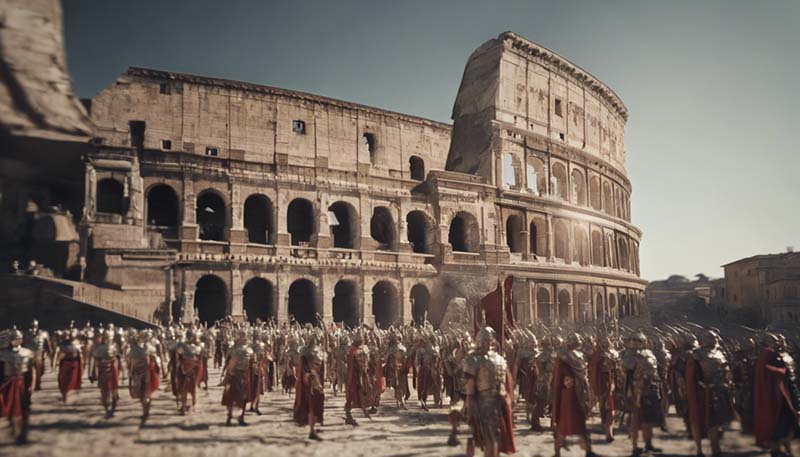The Roman Empire: The Rise and Fall of a Superpower
Introduction
The Roman Empire stands as one of the most enduring and influential civilizations in human history. Its legacy can be seen in the modern world through its contributions to law, language, engineering, and culture. This article will explore the rise and fall of the Roman Empire, examining the key events, figures, and factors that shaped its history.
1. Early History and the Roman Republic
The story of Rome begins with its mythical founding in 753 BC. However, the historical record starts with the establishment of the Roman Kingdom in 509 BC. This section will cover the early years of Rome, the transition to the Roman Republic, and the significant reforms that set the stage for Roman expansion.
Advertisement
2. The Punic Wars and the Rise of an Empire
The Punic Wars were a series of three wars fought between Rome and Carthage from 264 BC to 146 BC. These conflicts were pivotal in Rome's rise to power. This section will delve into the strategies, key battles, and the aftermath of these wars.
3. The Roman Empire at Its Zenith
Following the end of the Punic Wars, Rome continued to expand, reaching its zenith under the rule of Augustus. This section will explore the height of the Roman Empire, its administrative structure, and the cultural and societal developments of the time.
4. The Crisis of the Third Century
The Crisis of the Third Century was a period of economic depression, military defeats, and political instability that threatened the very existence of the Roman Empire. This section will discuss the causes and consequences of this tumultuous period.
5. The Dominate and the Late Roman Empire
After the Crisis of the Third Century, the Roman Empire entered a new phase known as the Dominate. This section will examine the reforms of Diocletian and Constantine, the adoption of Christianity, and the division of the empire.
6. The Fall of the Western Roman Empire
The fall of the Western Roman Empire is a complex and debated topic. This section will explore the various factors that contributed to its decline, including military, economic, and political issues.
7. The Eastern Roman Empire: Byzantine Empire
The Eastern Roman Empire, also known as the Byzantine Empire, survived the fall of the West and continued to thrive for nearly a thousand years. This section will discuss the unique characteristics of the Byzantine Empire and its eventual fall to the Ottoman Turks.
8. Legacy and Influence
Despite its fall, the Roman Empire has left an indelible mark on the world. This final section will explore the lasting impact of Roman law, architecture, language, and culture on subsequent civilizations.
Conclusion
In conclusion, the Roman Empire's rise and fall is a story of ambition, innovation, resilience, and eventual decline. Its legacy continues to influence the modern world, serving as a reminder of the cyclical nature of history and the importance of understanding the past to navigate the future.

Comments